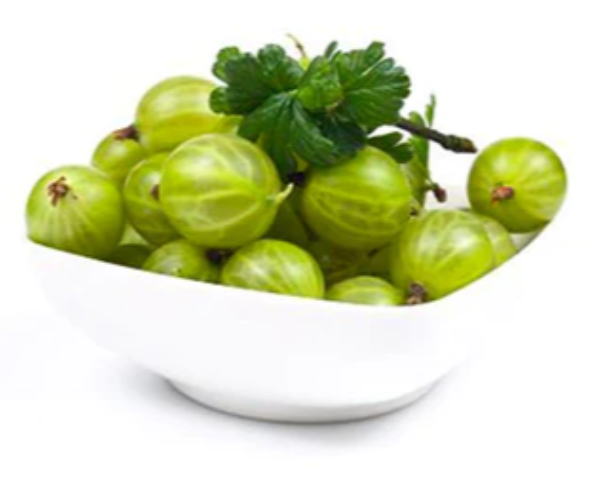Currants: The Unknown Super Food
Many people are not familiar with currants, but these berries are full of nutrients that have been shown to have numerous health benefits. Currants are part of the same family as gooseberries, and they grow on thorn less shrubs that thrive in the temperate climates. Currants are one of the most popular berries in Europe where they have been grown for hundreds of years. Recently farmers in the Pacific Northwest have also started growing currants. The small, glossy berries can be found in a variety of colors, including black currants, red currants, and white or champagne currants. Native Americans have used currants for medicinal purposes for centuries, and scientific studies are now finding that they do indeed contain compounds that can prevent serious health conditions, and improve ailments that one is already suffering from.Currants contain powerful antioxidants which promote health and wellness within the body. Scientists are particularly interested in anthocyanin, an antioxidant that is found in high concentrations in currants. There is strong evidence that anthocyanin can prevent several types of dangerous cancers, including liver cancer. According to recent research, currants, particularly black currants, have an antioxidant capacity that is twice as high as farmed blueberries. Black currants also have four to five times more vitamin C per serving as an orange.
Antioxidants do more than just prevent cancer; research shows that they are also very effective in preventing heart disease, Alzheimer’s disease and many others. Studies show that the combination of anthocyanin’s and polyphenols in currants help influence the signaling pathways that neuronal cells use to communicate with each other, thus protecting against the ravages that the brain experiences upon the onset of Alzheimer‘s Disease. Flavonoids, and other antioxidants, are thought to be responsible for preventing heart disease. A recent study discovered that subjects who ate a mixture of berries, including currants, each day had lower blood pressure, and displayed an increase in their levels of HDL (“good”) cholesterol. Both of these factors can greatly decrease the likelihood of a person suffering from a stroke or heart attack.
The nutritional compounds contained in currants can also help prevent common health issues, such as urinary tract infections, and kidney stones. In the case of urinary tract infections, the proanthocyanins found in currants prevents harmful bacteria from sticking to the walls of the urinary tract, thus aiding in the prevention of urinary tract infections forming or becoming more serious. Evidence found through scientific studies show that currants may also be very effective in preventing painful kidney stones from forming. In a recent study, subjects who drank black currant juice excreted more oxalic acid and citric acid. Both these types of acids are associated with the formation of kidney stones, so removing high levels from the body is one way to prevent the crystals from forming, and reduce kidney irritation.
With all of the new discoveries regarding the health benefits that currants provide, this is a type of berry that should be a part of every diet. Some great uses for currants include juices, jams, wine, pastries and sauces for meat. Currants are tasty and versatile, so one can enjoy eating them while reaping the positive benefit’s to their health.
Sources
Borowska, E., Szajdek, A., “Bioactive Compounds and Health Promoting Properties of Berry Fruits: A Review,” Plant Foods For Human Nutrition, vol. 63, no. 4, pp. 147-156, 2008.
Crozier, A., Borges, G., Degeneve, A., Mullen, W., “Identification of Flavonoid and Phenolic Antioxidants in Black Currants, Blueberries, Raspberries, Red Currants, and Cranberries,” Journal of Agricultural and Food Chemistry, vol. 58, no. 7, pp. 3901-3909, 2010.
Kamal-Eldin, A., Maatta, K., Torronen, R., “Phenolic Compounds in the Berries of Black, Red, Green, and White Currants,” Antioxidants and Redox Signaling, vol. 3, no. 6, pp. 991-993, 2004.

